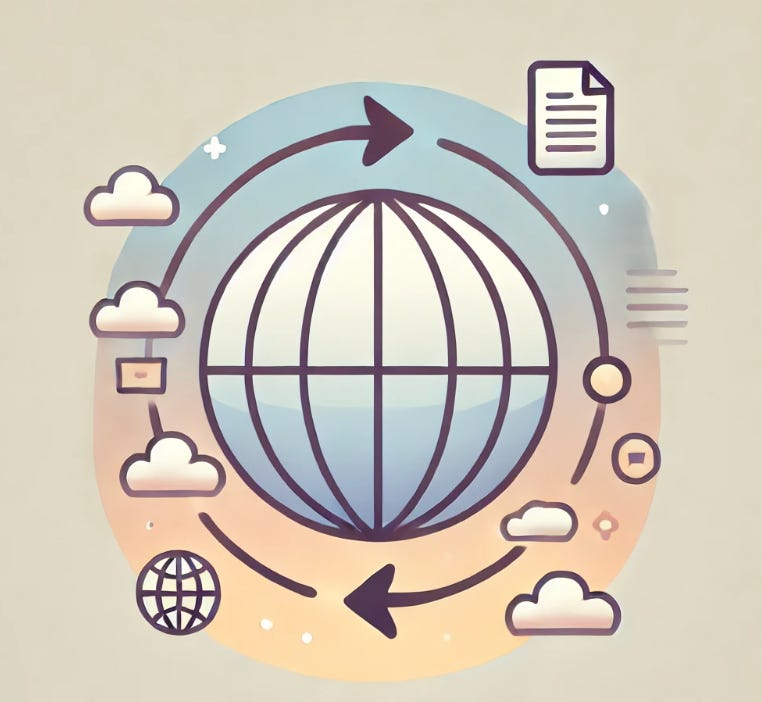Why Localization Can Be Difficult, But Doesn’t Have to Be 🌍🛠️
Localization often appears simpler than it really is. Many companies focus on flashy, AI-driven CMS features while overlooking the basics - like a straightforward Import/Export button. Some businesses even develop their own translation editors or TMS without key features such as export/import functions, version control, glossary management, and automated workflows.
🚫 Common Pitfalls in Localization
Over the years, I’ve seen many challenges that could have been avoided with better planning. Some of the most common mistakes include:
❌ Choosing CMS platforms with little or no multilingual support.
❌ Building internal translation editors before establishing a solid API or simple export format.
❌ Underestimating the value of export formats like Excel, XLIFF, or JSON in saving time and effort.
💡 Pro Tip: Start Simple
If you're developing an internal tool, always begin with an Import/Export feature. There's no need to reinvent the wheel-leverage existing tools first.
🛠️ Simple Solutions = Best Solutions
To make localization more manageable, consider these approaches:
✅ Check for existing connectors - most TMS platforms already integrate with popular CMSs
✅ Start with a quick MVP - a basic CSV export/import feature can work wonders
✅ Automate reviews - re-importing files allows for seamless QA and updates
Localization doesn’t have to be harder than necessary. A well-structured setup enhances efficiency, reduces costs, and speeds up your product's market entry.
#Localization #ContentManagement #TMS #Translation #LocalizationStrategy #CMS #Efficiency




